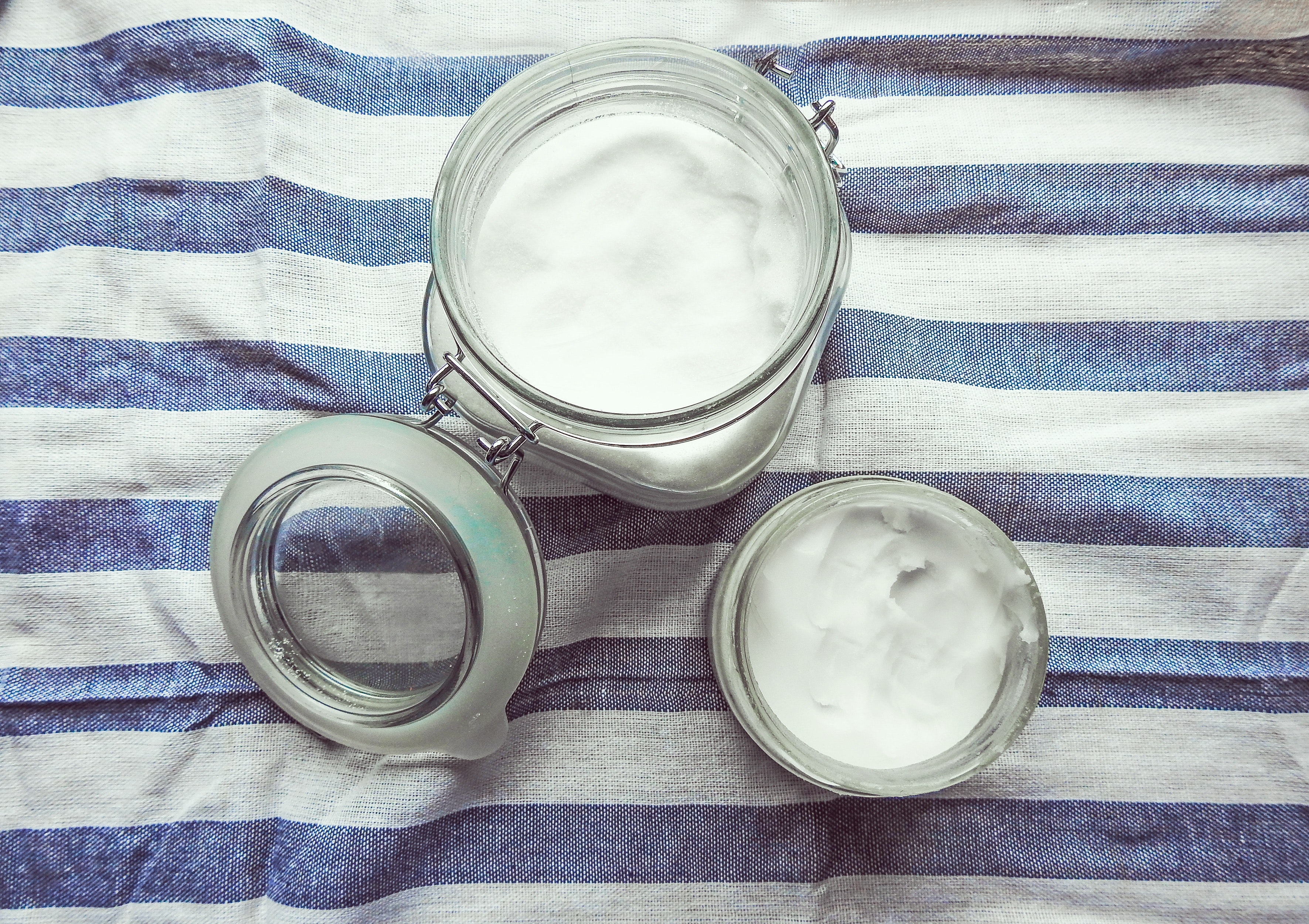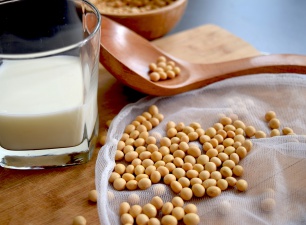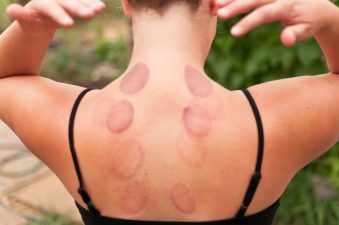When the first warm days tempt you outdoors for a walk, take time to look at the wild mallows flowers. So soon to vanish in summer’s heat, they cast their light purple beauty wherever they’re permitted to exist.

The common mallow or malva can even be used as an egg white substitute for vegans
Urbanization has deprived Nature of places where wild herbs and vegetables used to grow, but even the smallest space between buildings, waste ground and abandoned lots bear wild seeds that wait for winter rains to sprout. Kids in Israel like to eat the seeds raw and compare them to little round breads. Kids in America will see them as little round cheeses.
One of these is mallows, Malva sylvestris. See our post about eating nettles and mallows here.
Considered an invasive weed in some parts, mallows are yet a valuable edible and medicinal herb. And bees love mallows flowers; that’s crucial in a world that becomes less friendly to those important pollinators by the day.
Mallows’ leaves and green fruit release beneficial mucilage (goop) that herbalists have used to soothe dry, irritated skin since antiquity. Author Tracy Chevalier mentions making mallows ointment for chapped hands in her book “Girl With A Pearl Earring.” According to some herbalists mallow “talks cells out of dying.”
Here’s the recipe for a basic ointment or salve using mallows.
Basic instructions for any herbal ointment
Make an infused oil, then use it to make a beeswax ointment
What you need:
1 small, very clean, very dry glass jar with lid
Pot large enough to fit the jar in with some space around it
Clean, dry spoon or knife
Enough chopped herb to fill the jar
Good-quality oil
Another small, clean and dry pot
Beeswax
Pick the mallows at mid-day, when the dew has dried on the leaves and the flowers are open. Don’t wash the leaves, but pick them over and discard any dirty ones. It’s important to use only dry plant material – any trace of moisture will cause the oil infusion to mold.
Chop the leaves.
Fill the jar with chopped leaves and flowers.
Pour oil into the jar. Stir it once or twice. Keep filling the jar until all the herb is covered and the jar is full.
Close the jar tightly and place in a pot containing water to come half-way up the jar.
Place the pot over low heat and let the water simmer for 2 hours, replacing it as it evaporates.
Remove the jar from the water bath, wipe it dry, and set it aside to cool.
Strain the oil through cheesecloth or an old, clean nylon stocking. Diaper material and thin, worn-out kitchen towels are also useful here. Squeeze out as much oil as possible from the leaves. The best of it is in the last drops.
Discard the spent herb.
Measure the oil.
For every ounce (30 ml.)of infused oil, have ready 1 tablespoon (15 ml.) grated beeswax.
Heat the measured oil in a small pot, over very gentle heat.
Add the grated beeswax. Stir until it melts and you have a smooth semi-solid: one or two minutes.
Pour the warm ointment into a clean jar. Cover and let it cool until it becomes solid.
You can melt the ointment again and add more infused oil if it’s too solid, or more beeswax if it’s too soft. Add only teaspoons at a time until you’re satisfied with the texture.
Lacking commercial beeswax, you can measure a tablespoon-sized chunk from a genuine beeswax candle and melt it into the oil. Just draw the wick out of the liquid before pouring it into the jar.




